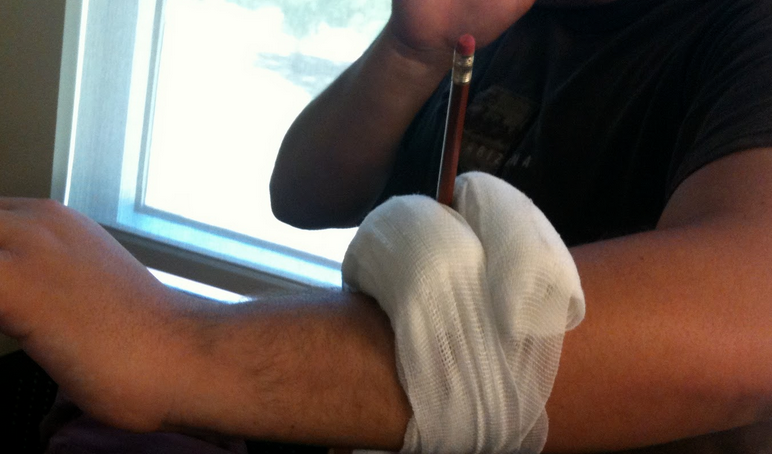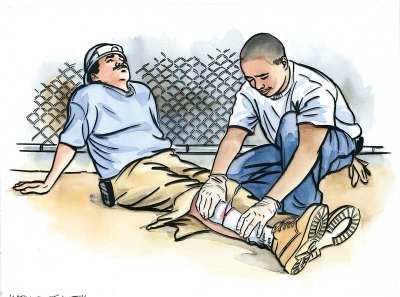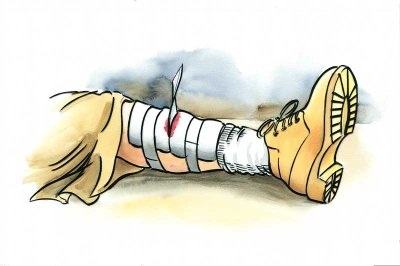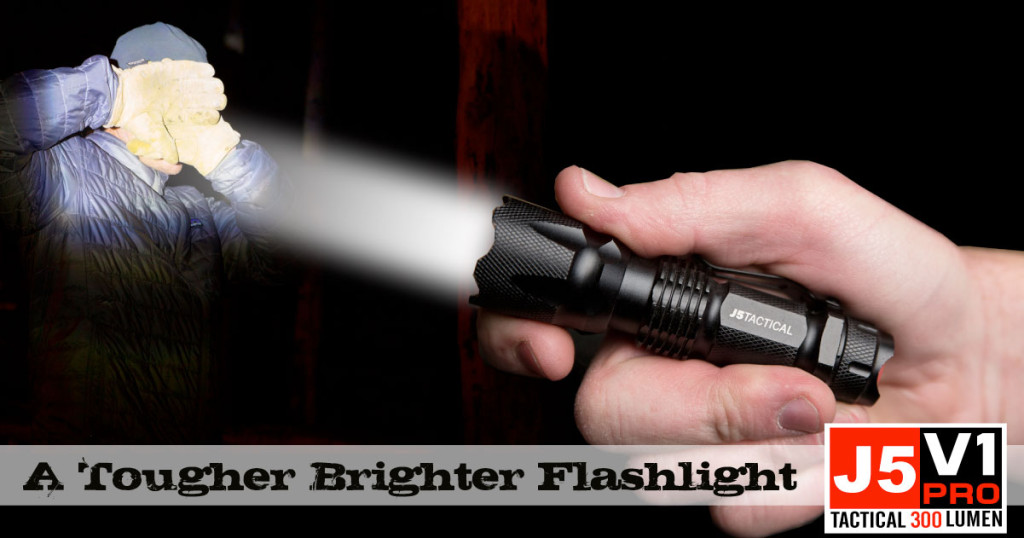Treat Injuries Involving Impalement
One common misconception about an impalement is that if it occurs in an extremity, such as the thigh or arm, it is less dangerous. This can not be further from the truth, and the object may have severed a major blood vessel or artery, broken through a bone or destroyed nerves. An impalement along joints is also potentially dangerous due to the likelihood that ligaments or tendons may be severed. Never assume that injuries in these locations are less severe, and always approach an impalement with the worst-case scenario in mind.
Keep in mind that you never want to remove an impaled object under any circumstances. This is imperative for a couple of reasons. First, the object may cause further damage as it is being pulled out. Keep in mind that there is a real possibility, especially if the injury occurs in the torso or abdomen, that internal injuries have been sustained. Keeping the object in place will prevent the expansion of injuries while acting as a sealant or a plug that can keep blood and fluids inside of the damaged area. Pulling it out can release these fluids, and this can lead to massive internal bleeding or infection.
The first step is to immobilize the object and minimize the risk of it causing further internal damage. This is often more complicated than it seems, especially if the object is sharp, large or heavy. You also want to make sure that you exert minimal pushing or pulling pressure on the object as you are securing it in place. The first step is to pack the area around the object and wound with some gauze or fabric. Try to avoid using cotton because the tiny fibers will come loose and contaminate the wound, and this will require extensive cleaning during treatment.
The next step is to immobilize the object by adding more soft material above and below the wound site. You can use towels, shirts, pants or any type of linen. Keep layering the material until it rises enough to cover at least half of the length of the object. Gently add pressure to compact the linen against the object and to reinforce the strength of the packing. Next, take some duct or surgical tape and wrap it over the packing and completely around the part of the body where the injury is located. Use as many strips as necessary to secure the object and packing in place.
Finally, move the patient in a manner that will minimize the chances of disturbing the object as you prepare to transport them to a hospital or clinic. Use your best judgment in terms of deciding how to move the patient since each situation is unique and will require at least some form of improvisation.
You may also want to consider cutting the object down to a more manageable size. This is perfectly acceptable as long as doing so won’t cause further harm to the patient. Make sure that you secure the object firmly as you are cutting to minimize movement and the aggravation of the injury. You also want to make sure that the patient is protected from the act of cutting by covering them with some thick material until the cutting is complete. Finally, you want to make sure to cut the object at least a few inches above the wound site so that it can be immobilized and secured properly. Never cut down a knife or blade, and never bend an object in an attempt to crack it into a smaller piece.
These are just a few things to consider when dealing with an impalement in the field. Just remember that the priority is to get the victim to an emergency facility where internal injuries can be assessed and treated. Remember that much of the damage from the injury will most likely occur beneath the surface, and there is also a risk of serious infection as well. Don’t delay medical care and never try to treat these types of injuries in the field.



